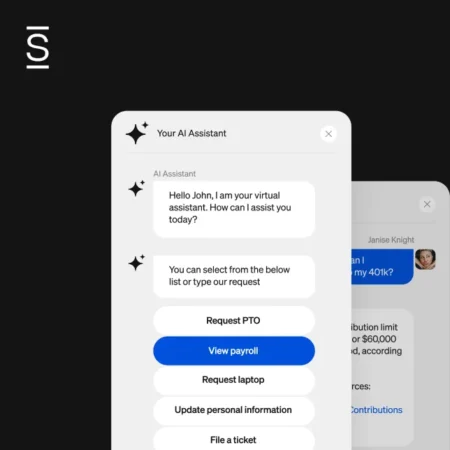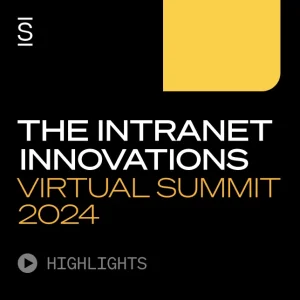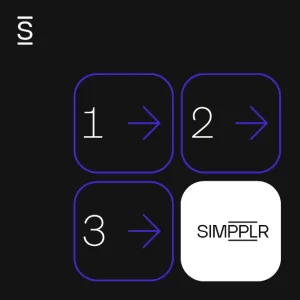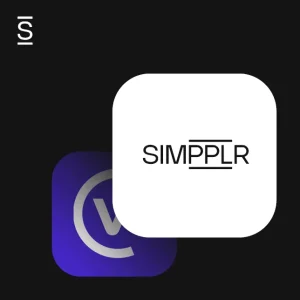Company policies are intended to strike the often-uneasy balance between guiding employee behavior, describing company culture, protecting corporate legal interests and answering basic questions. The How do I…? When can I…? and the ever popular, Does this apply to me? Although these documents are supposed to serve as navigational aids, they sometimes create more questions than answers, and in turn, cause confusion and frustration for employees.
That happens because these documents written by multiple authors, such as HR, corporate compliance and legal, are like the proverbial camel, also known as a “horse designed by committee.” When profound issues emerge, like a global pandemic and the need for social distancing or civil unrest and the call for social/racial equity, the problem compounds, leaving the document committee unprepared to craft “conversations in the moment of need” for their workforce. So, what is an organization to do?
When answers lead to more questions
Without an easy, straightforward way to get answers to employees, urgent, personal matters like, “Do I have to return to working in the office if I have asthma?” when unanswered, lead to larger issues of employee disengagement, reduced productivity and employee turnover. Of course, what many don’t realize is that the answer may depend on local, state and national laws, as well as company policies for workplace safety and its requirements under the CARES Act, Emergency Family Medical Leave Expansion Act, Families First Coronavirus Response Act or the Occupational Safety and Health Act.
Additionally, if employees are allowed, the rules can be further nuanced through flexible work schedules and other forms of reasonable accommodation.
There is no simple answer to this particular question, and many of the other requests, problems or information employees have may present similarly complex solutions or leave them with more questions. With many employees now working remotely, disconnected from colleagues and balancing personal obligations, the idea of skimming through pages of company documents trying to find – and understand – the relevant information might be too much.
So, how can you make it easier for employees to access information about company policies? Obviously, it’s unrealistic to expect someone to review pages and pages of documents and translate them into concise and articulate words. Not to mention, doing so could lose the nuance and put the company at risk.
Making the complex easy to understand
Fortunately, artificial intelligence (AI) can help do just that – sorting through all company policies, intranet and HR and benefits information to answer employee questions in a conversational and easily understood way. As a result, employees get clear, definitive answers to any of the issues they have. Such an approach can save a significant amount of time – for the employee making the ask, and the HR teams who can focus on strategic issues and not have to address questions that technology can easily answer for them.
Employees will always have questions about the rules and policies affecting them each day, from the mundane to the unusual. No matter how easy or complex those questions may be, the typical legal jargon they uncover on their own may leave them more confused than before. However, by adopting new technology that can instantly scan all company policies and translate conversationally, employees get the answers they need, without requiring a law degree to understand it.
Learn more about using AI for HR communications
How Simpplr can help
By unifying employee engagement, enablement and services using cutting-edge AI, Simpplr’s vision is to deliver a seamless and personalized work journey for every employee, no matter where or how they work. Request a demo to see how Simpplr’s Virtual Assistant can help you revolutionize employee self-service with AI-powered workflows and assistance.














